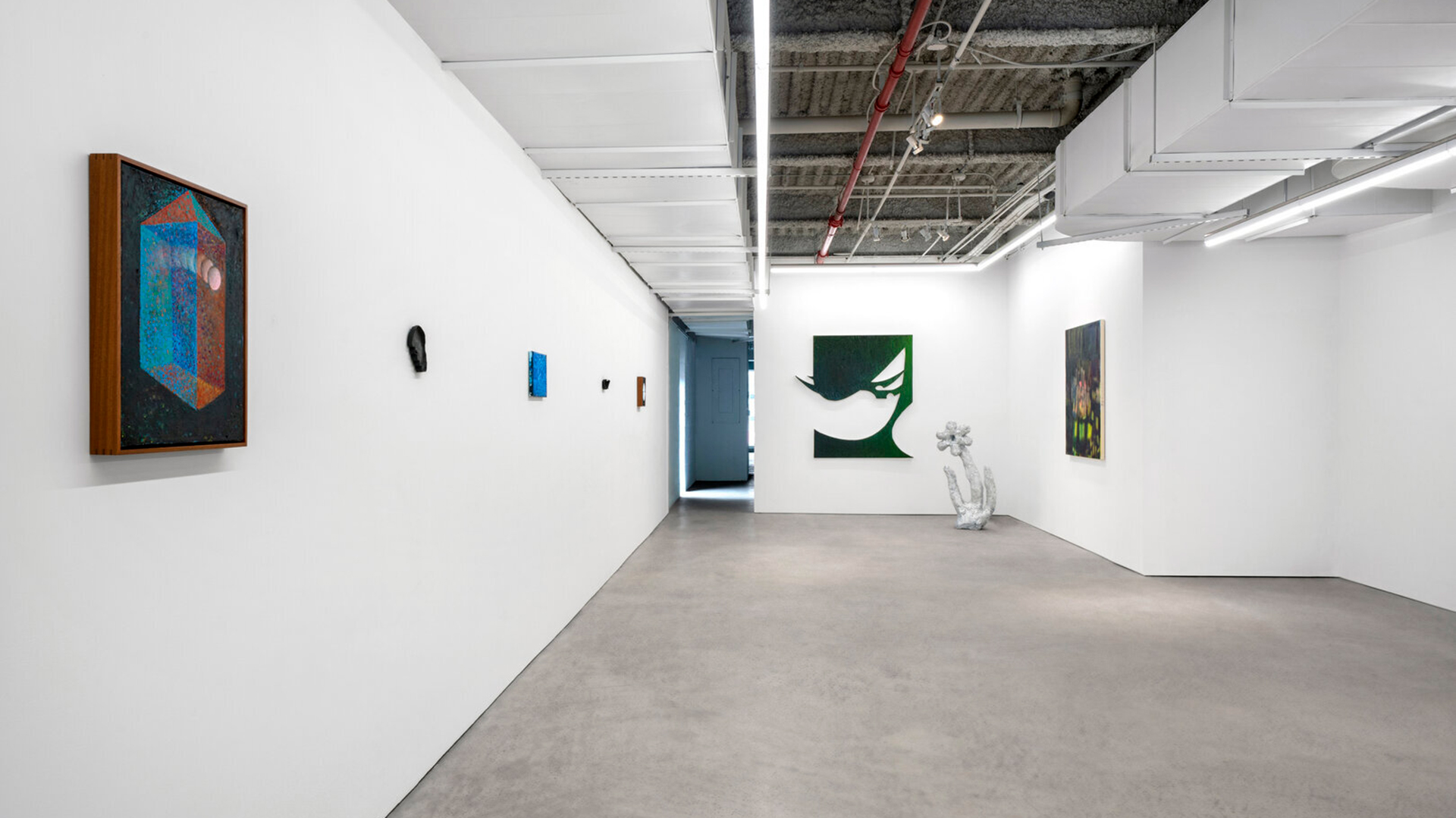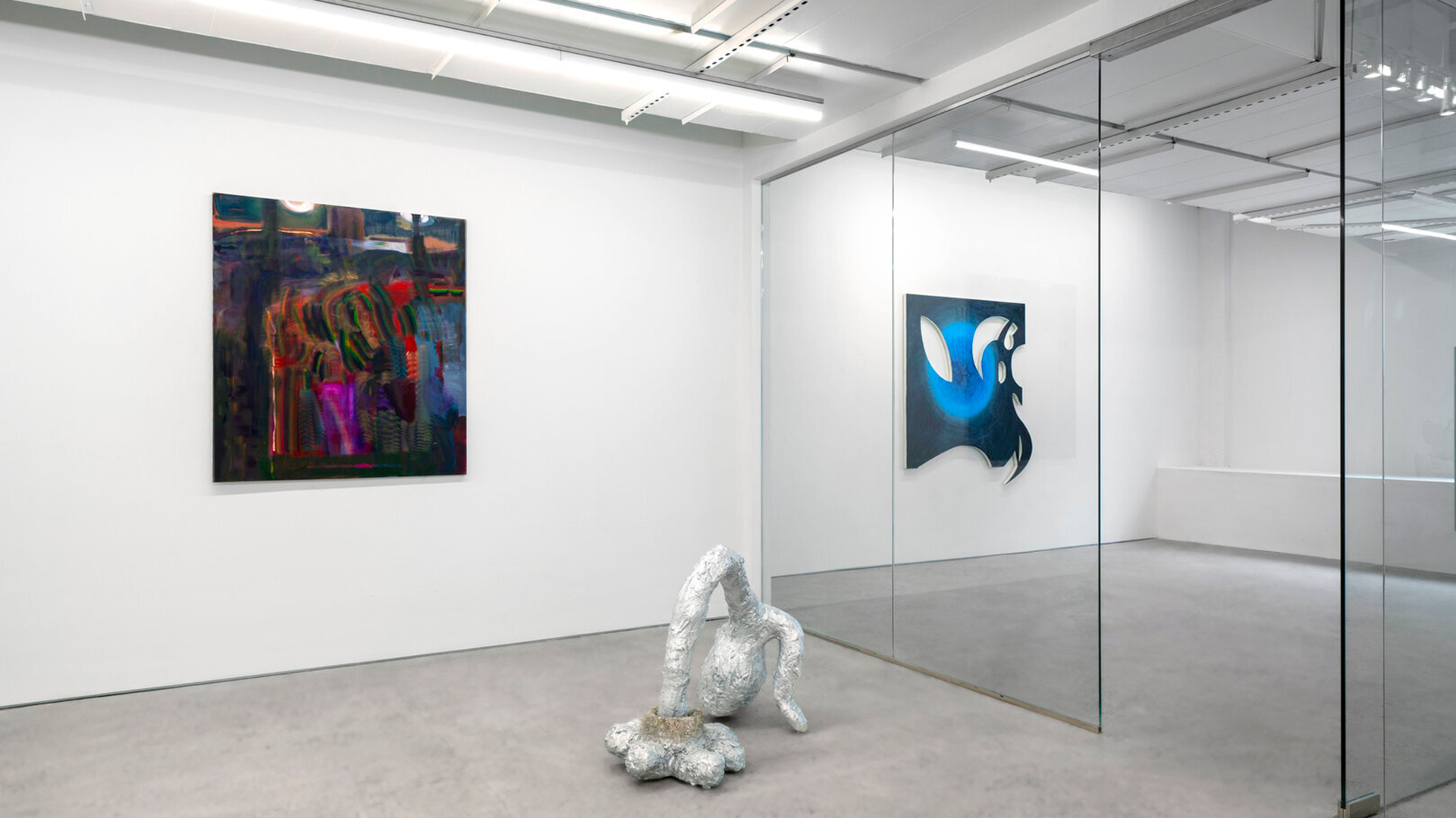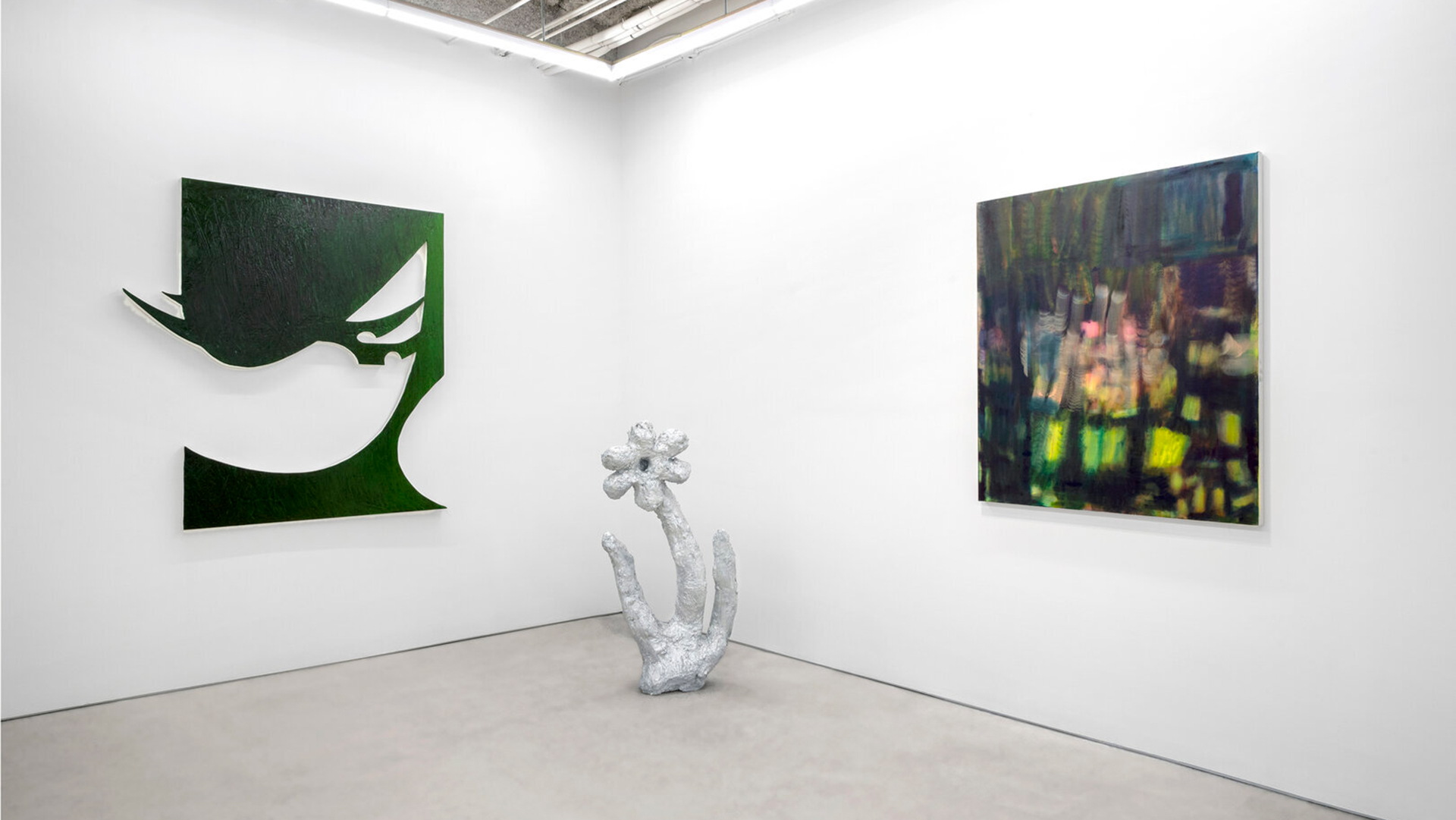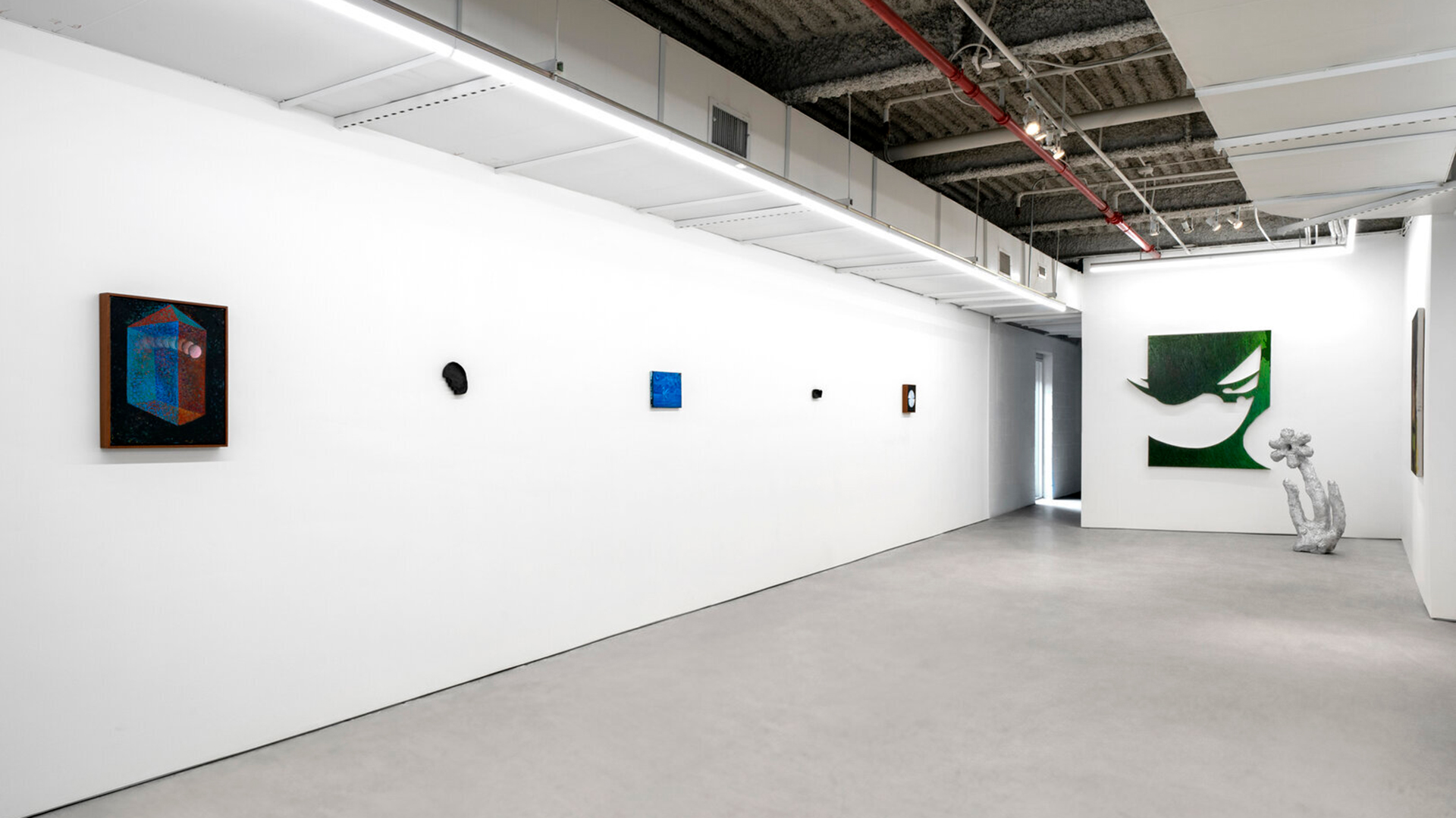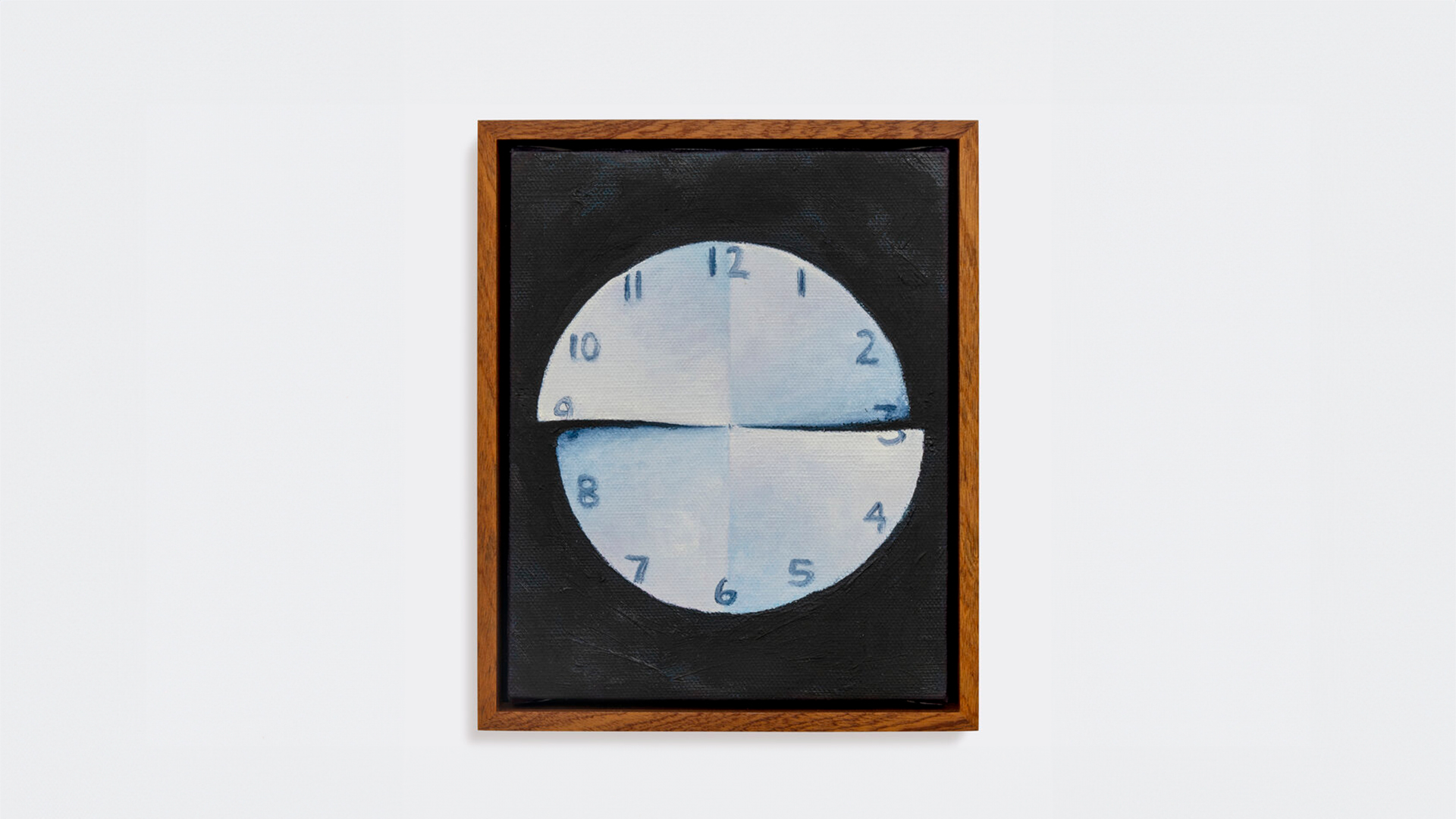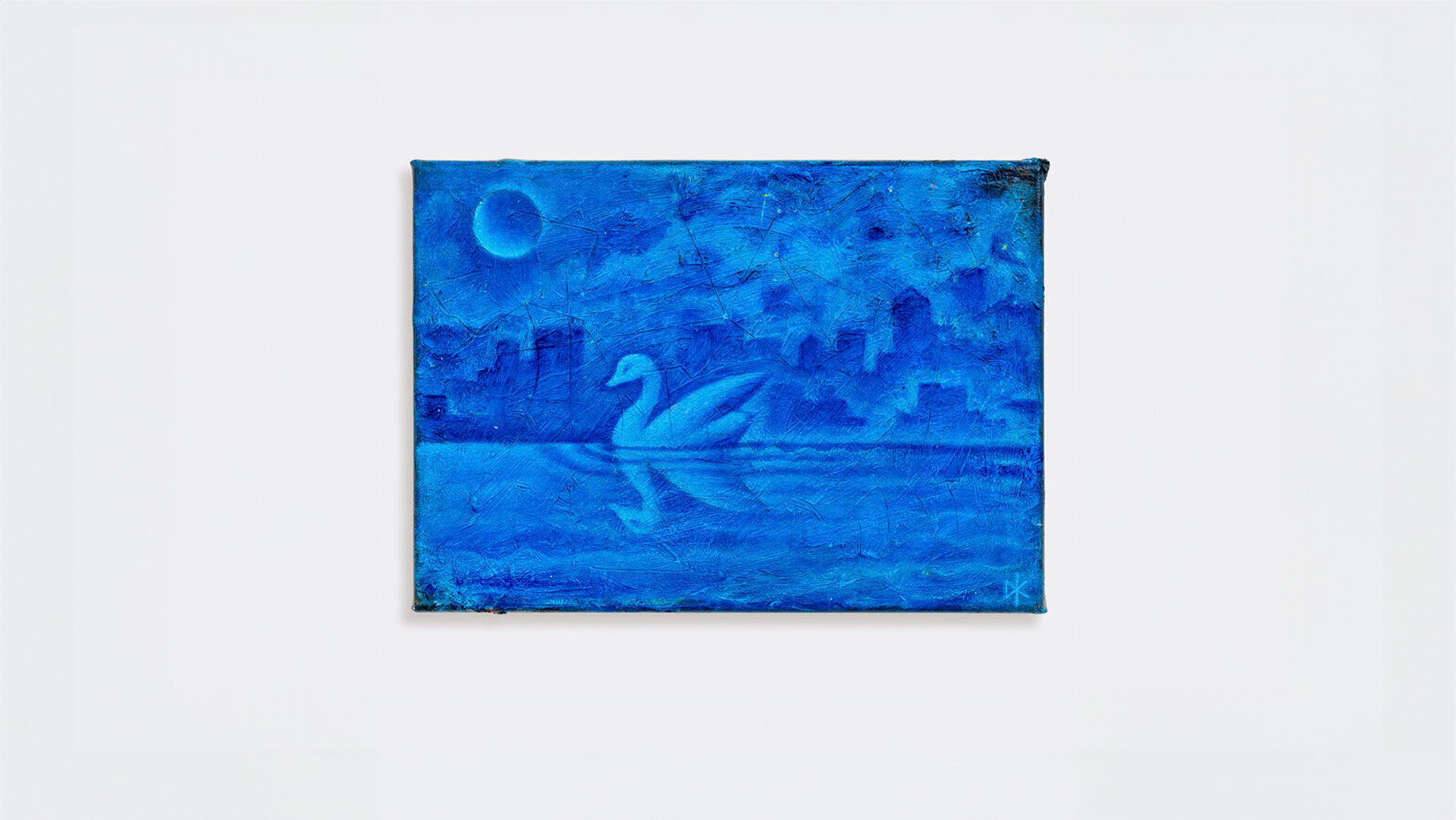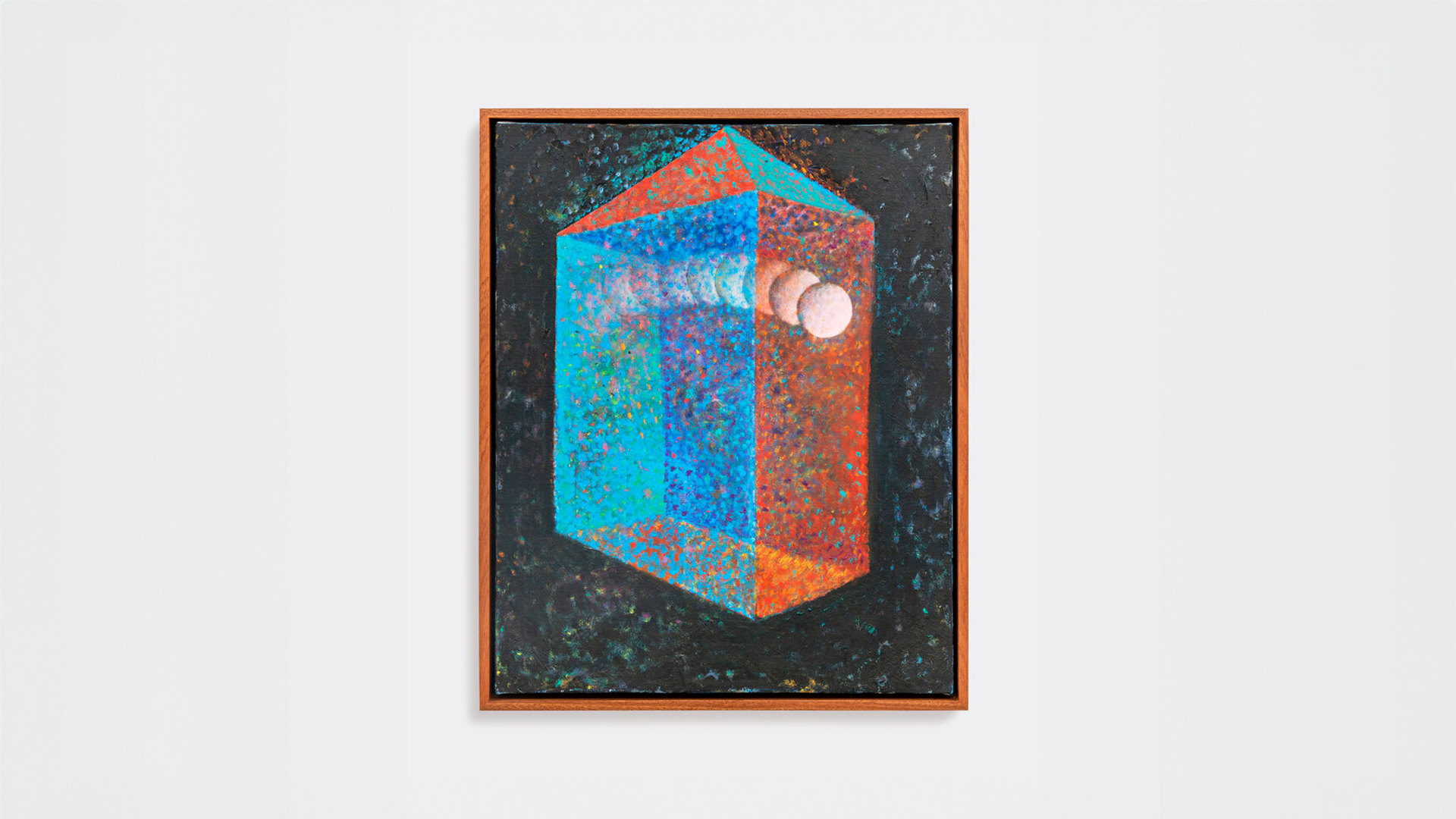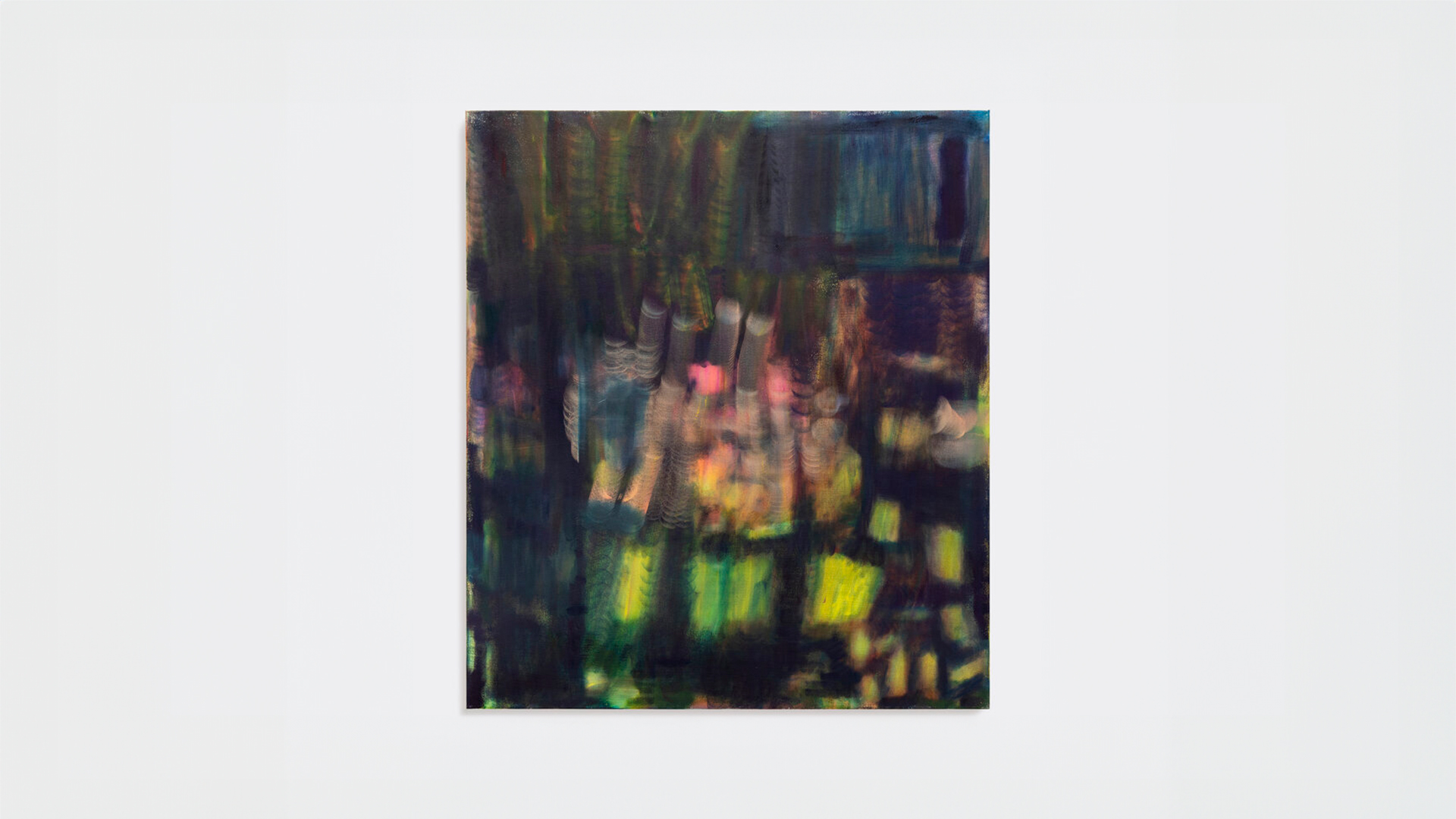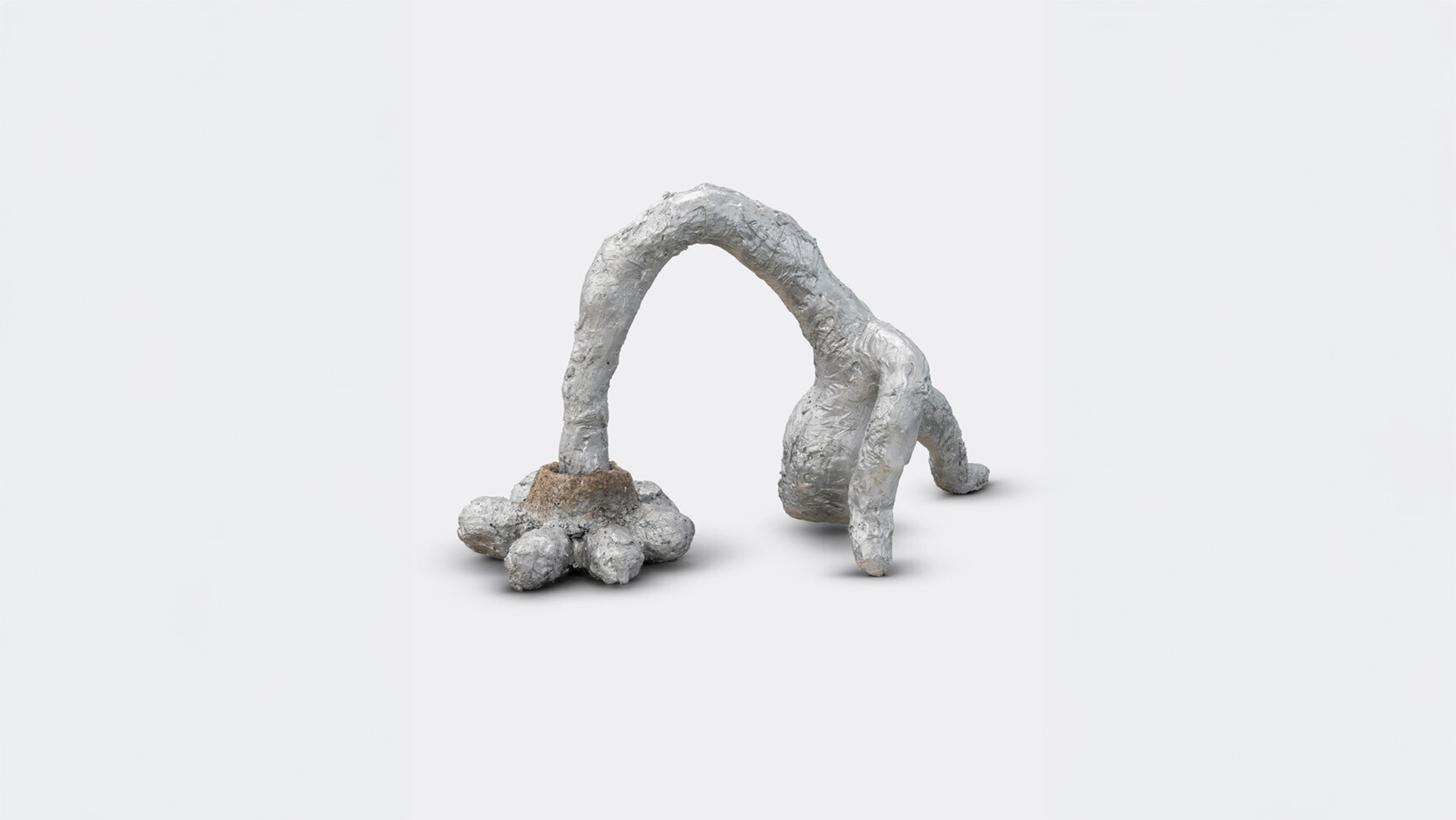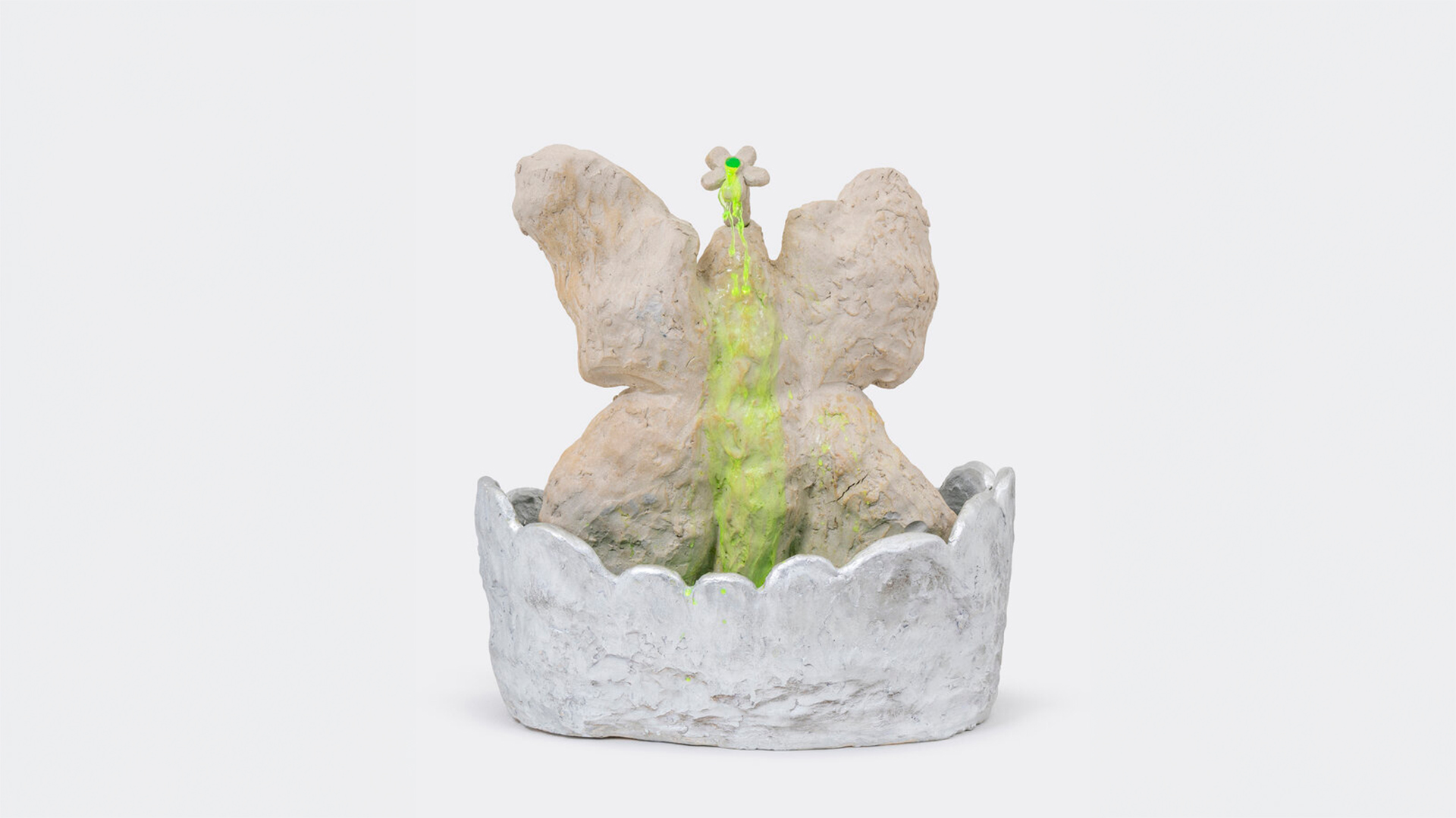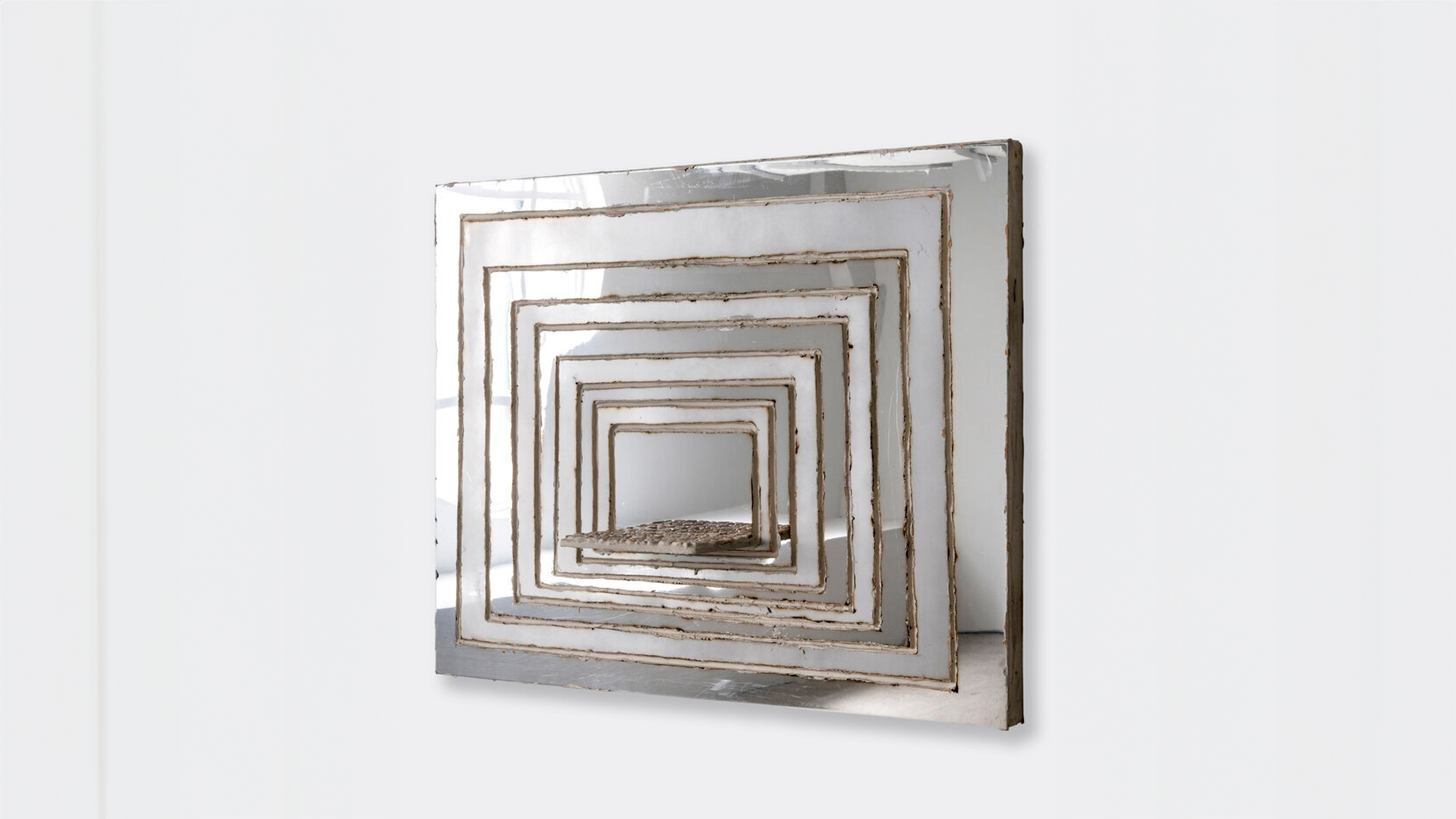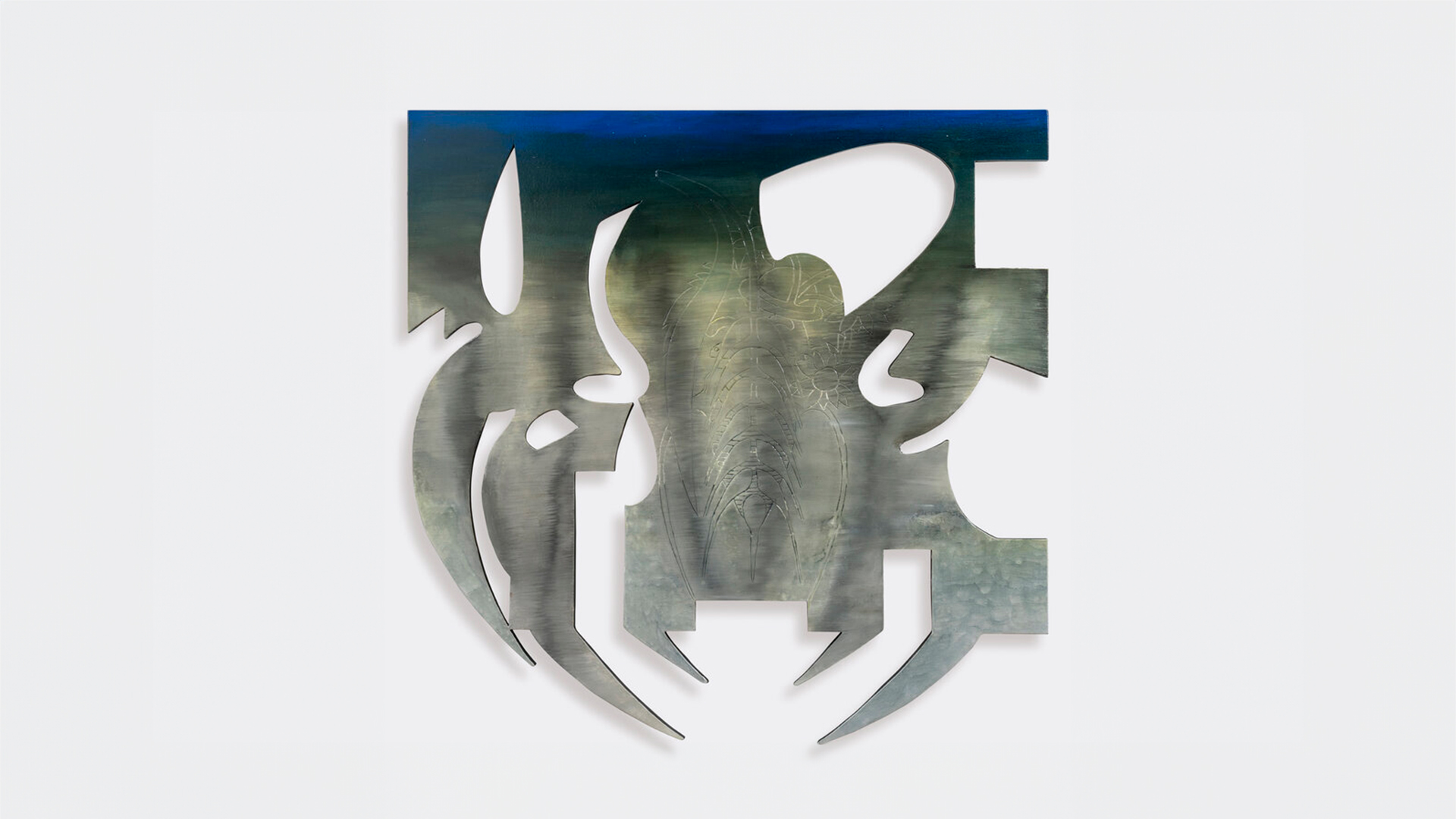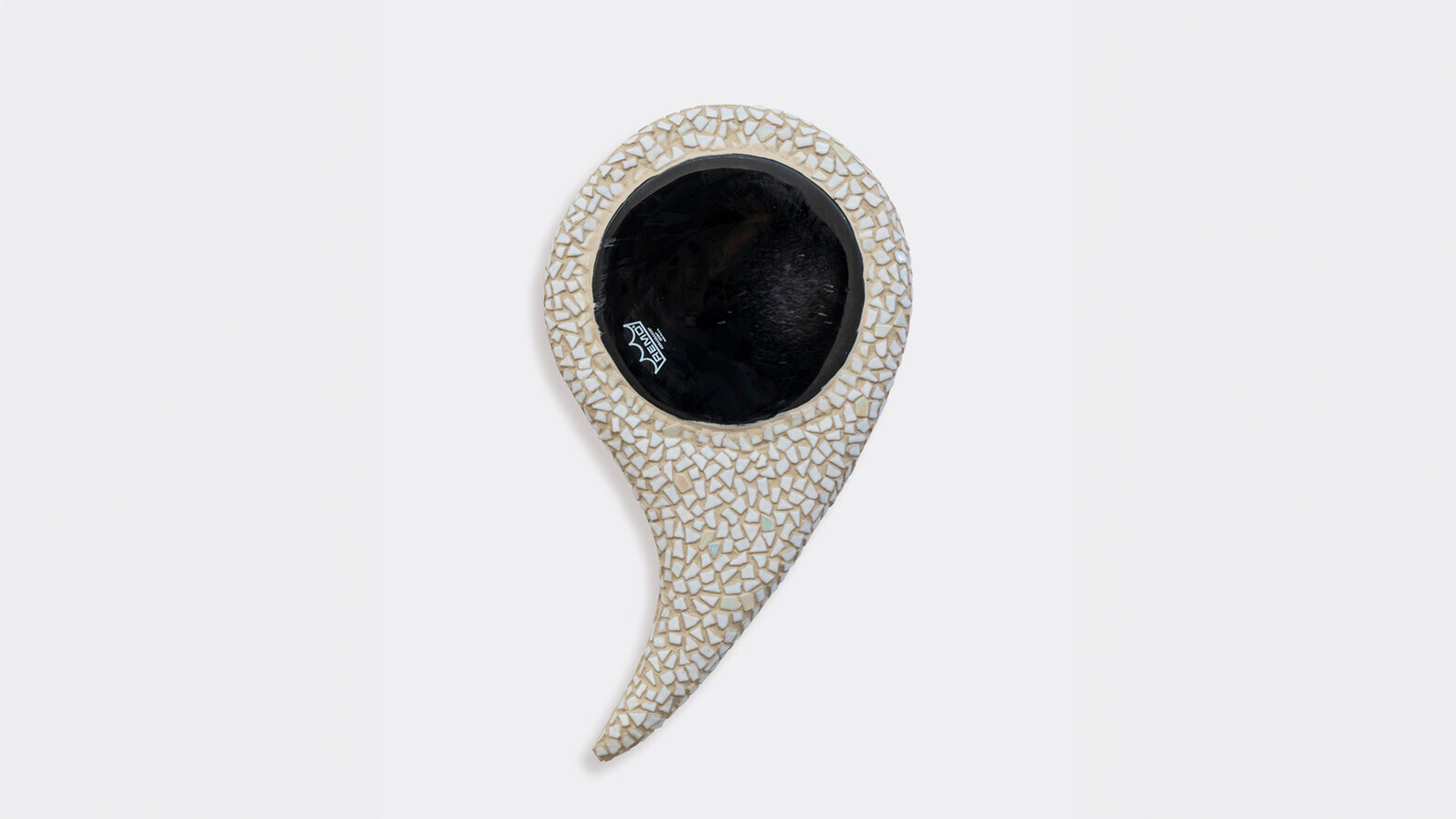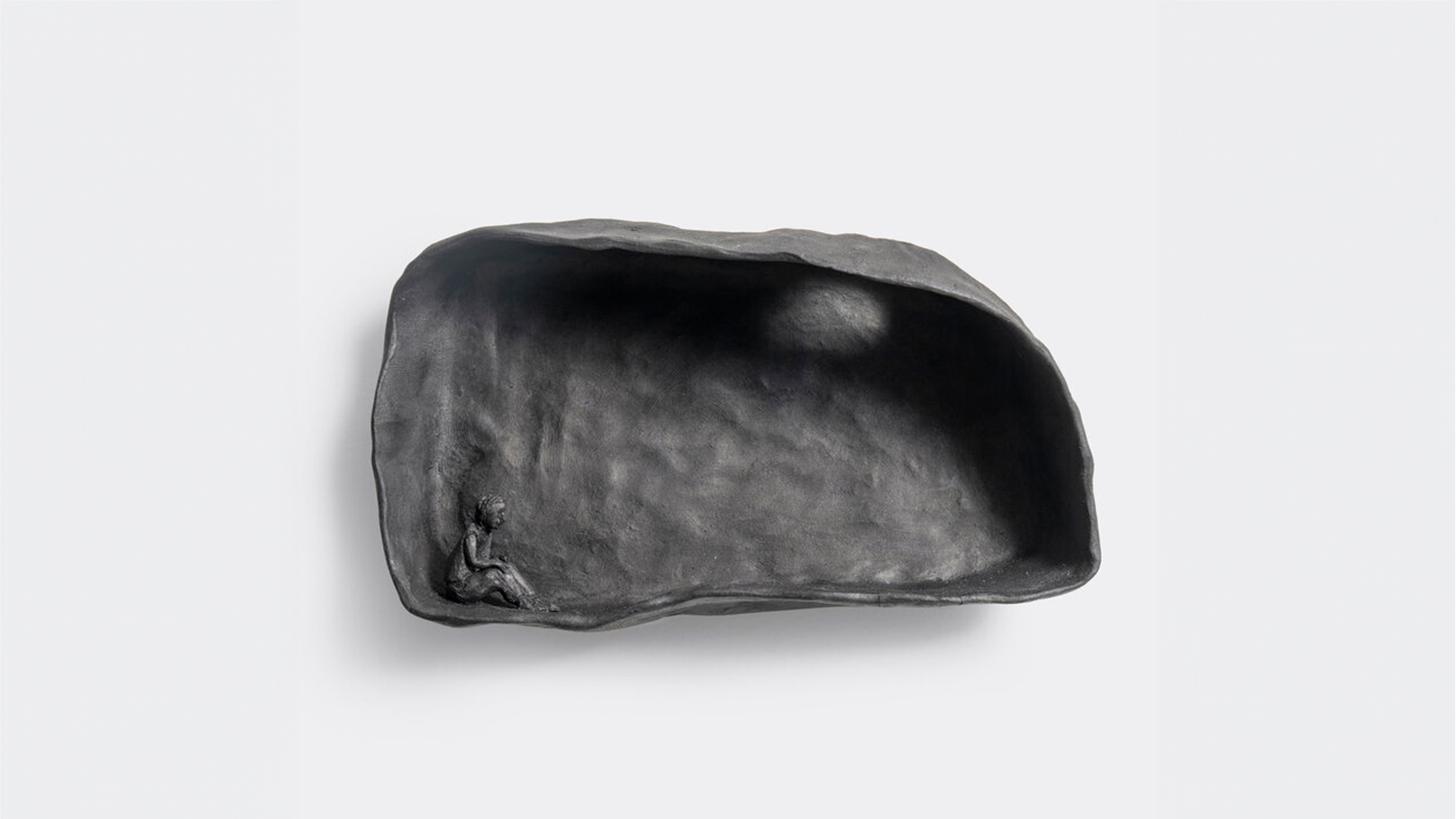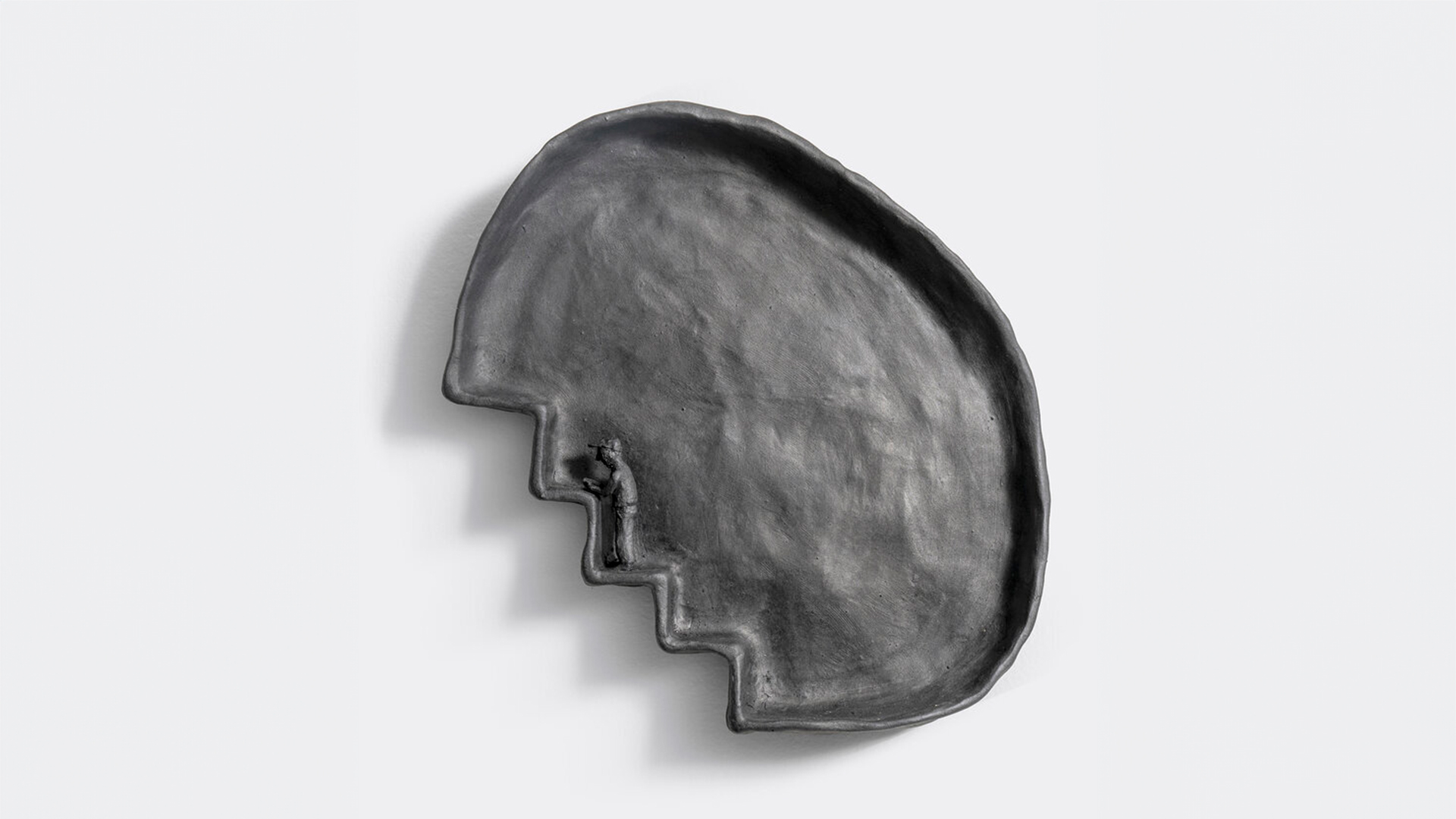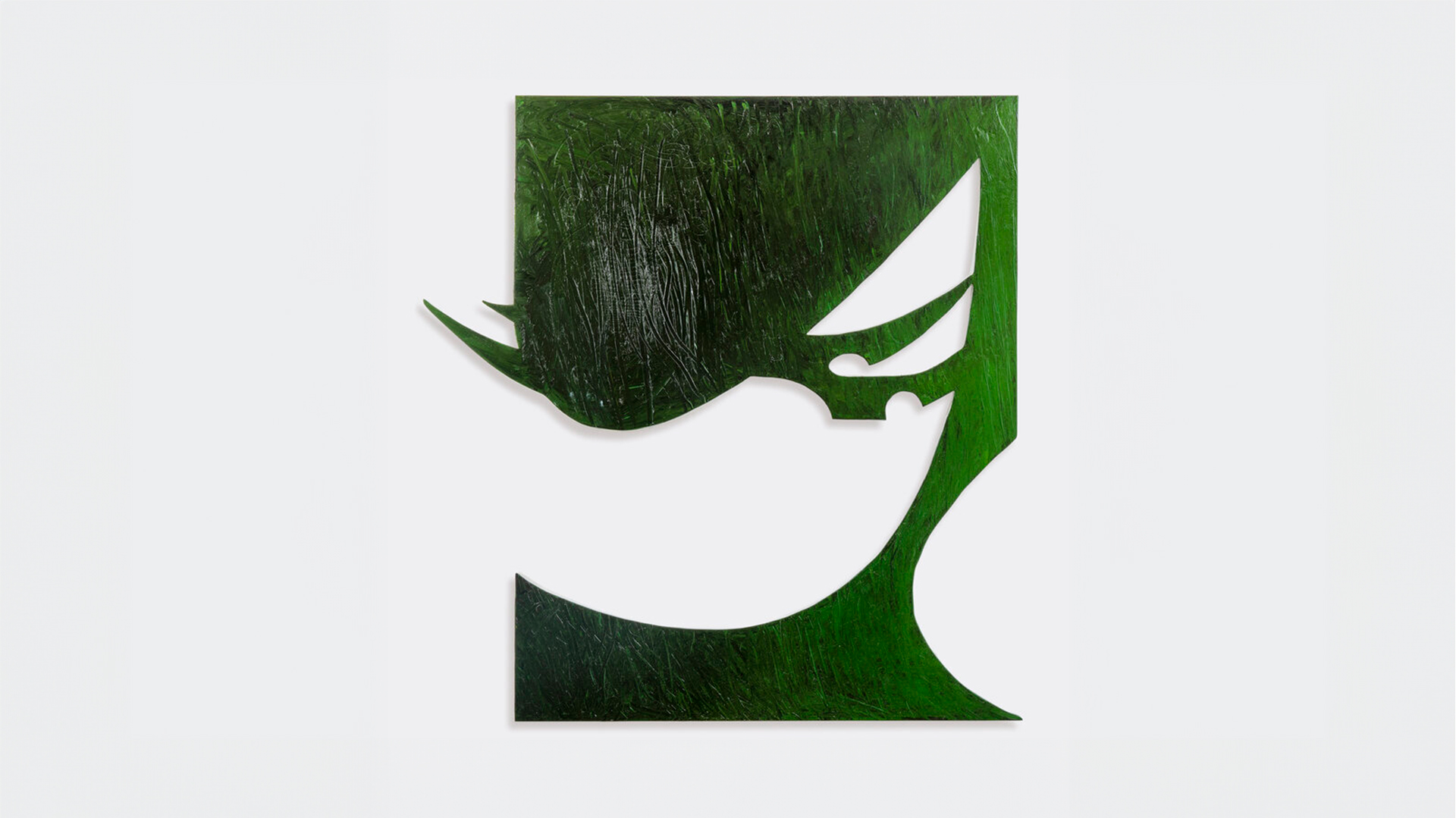MOONFLOWER
Featuring works by Elizabeth Jaeger, Bradford Kessler, Dylan Solomon Kraus, Andy Ralph, Tatiana Sky, Julian Thompson, and Ben Tong
JUNE 17 - JULY 31, 2022
The moonflower habitually blooms at night. Its symbolic value is rooted in the idea that darkness can be a breeding ground for transformation. The plant is imbued with romanticism, unfurling trumpet-shaped petals in the moonlight and rescinding its beauty come sunrise. Its nature is strange, periodically emitting a citrus aroma. Transformations and curious forms are both threaded through the exhibition in keeping with this.
Tatiana Sky’s flowers are in a state of constant failure, though they remain loaded with the enchanted desire to reject dogmatic modes of creation and preservation. Sky is resistant to the “natural” civic parks and gardens injected into urban environments, instead seeking dream realities where the desire to conquer has no space to proliferate. This is a concrete effort to investigate the relationship between a body and its environment. Low Hum is a ceramic butterfly fountain rendered to pump slime green matter and reflective of a monument one might find in a city’s fabricated landscapes. This particular construction, however, belongs in Sky’s dream world which is impervious to the methods of domination inherent within this material one.
Untitled (Stainless Steel M.C.) elicits ricocheted encounters with a transformed self. Andy Ralph’s mirrored, portal-like constructions are loaded with escapist sentiment. He produces situations in which his materials become a cast of characters. His script invites the impression of a linear narrative, though he suggests any such impression is a mirage. The particular light that emanates from his object creates the impression of a guiding force. Ralph is a fable-generator stringing together fragments in hopes of producing a dynamic feedback loop, leading his hero on a path toward metamorphosis.
Bradford Kessler’s sinister canvases are also aligned with a personal mythos, one rooted in the gothic. This body of work is an ongoing experimentation with shaped paintings, Kessler throws a wrench in his own process by removing material from the center. They are minimalistic translations of his inner world. Musings from the void converted into tangible objects. Though innately static, these works can be viewed as fantastical props set for activation. Whether mobilized for depravity or remaining as wall-bound objects, they are virile and primed for action.
Translucent statuettes glow under the gallery’s distinctive front window. These objects emerge from Julia Thompson’s examination of instability and memory. Soap, candy, and wax are placed in relation to steel and cement. She seeks means to a transformative end. Her pillows are the result of a casting process by which she produces signifiers of an original object without incorporating the properties that support its use-value: comfort, pleasure, intimacy, and so on. Instead, her focus is in the manipulation and versatility of her materials. She analyzes the conditions of her chosen substances; Heat, light, touch, speed, excess, fragrance, and moisture are critical forces in Thompson’s practice. Autonomous degradation is often a byproduct of circumstance. Her tactile soups implicate the dynamics of failed relationships, emotionality, and survivability in order to explore cycles of living matter.
Time, movement, and symbolist strategy are the guiding forces in Dylan Kraus’s practice. Franz Marc is a discernable forefather as Kraus also applies specific linework and color in an effort to charge the paintings with emotionalism and spiritual qualities. Milkyway Swan is a placid nighttime scene, consisting of a cityscape and moonlight set behind a natant swan. The painting’s surface bears scratches comprising a constellation, its blues reinforce the calm and aqueous content. Clocktower bears pointillist markings and affirms the relationship between a day’s passing and mobilization. How much ground can one cover relative to 24 hour intervals? The latent content is reified by a shifting moon inside the tower. These compositions are ultimately anchored in naturalism and bolstered by confident mark-making, dispelling occultist sentiment while maintaining a quiet pleasure.
Elizabeth Jaeger offers representations of things in the form of alters. Her objects approach the point of realism, but fall short in an effort to identify the essence of a thing without providing objective proofs. Limbs are stretched, forms multiplied and exaggerated to a fixed degree of uncanniness. Self containment, estrangement and hallucination are all borne from Jaeger’s conception of everyday figures and objects. The characters on view appear as though they’re on walks in the moonlight. Further inspection of Jaeger’s objects yields the discovery of minutiae that push one’s perceptive abilities. Cloaked in shadows and rendered without specificity, they impress an inexplicable pathos upon the viewer.
Ben Tong’s compositions give the impression of moments without any actual clarity. His canvases produce the effect of a blurred photograph where the subject is almost perceptible, though suspended in obscurity. Psychedelic warpings erupt from considered brushwork. Shapes seem happenstance, almost as though the formal configuration was randomly generated. Harmony and disorder are embedded in equal measure. A nocturnal aspect hangs over each composition, though it’s metered by highlighter pinks and yellows. The paintings are lively despite their shadowy undertones.
Once again we return to the moonflower, with its insomniatic temperament and mystic potential. Wielded as a symbol for change in dark times, the flora can be understood as a representation of curiosity and transmutation. The works on view are steeped in these notions, each offering a meaningful glance through a disparate lense. What’s more, there appears to be a luminosity emanating from within the artworks. This provides another basis for understanding the dynamic potential in darkness.
Text by Reilly Davidson

